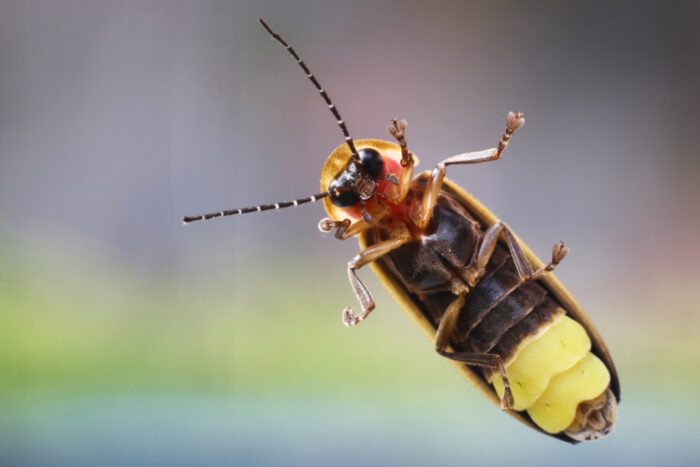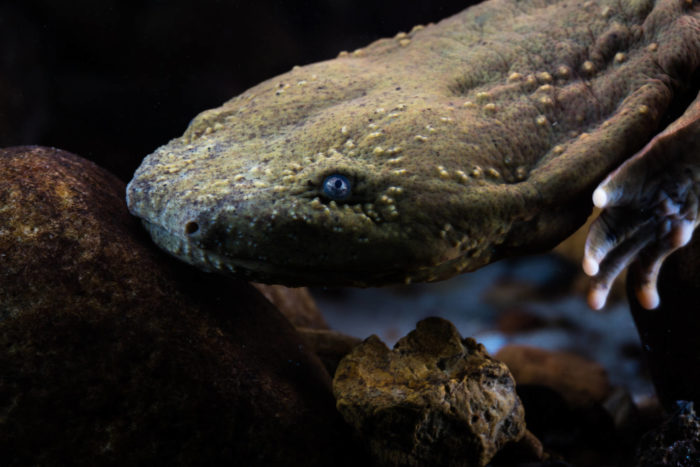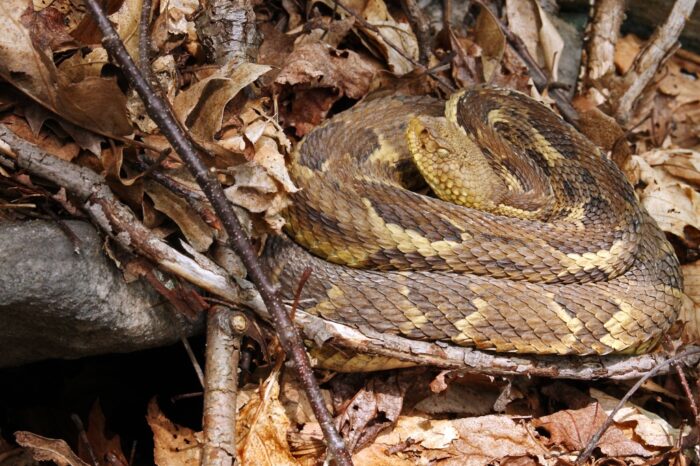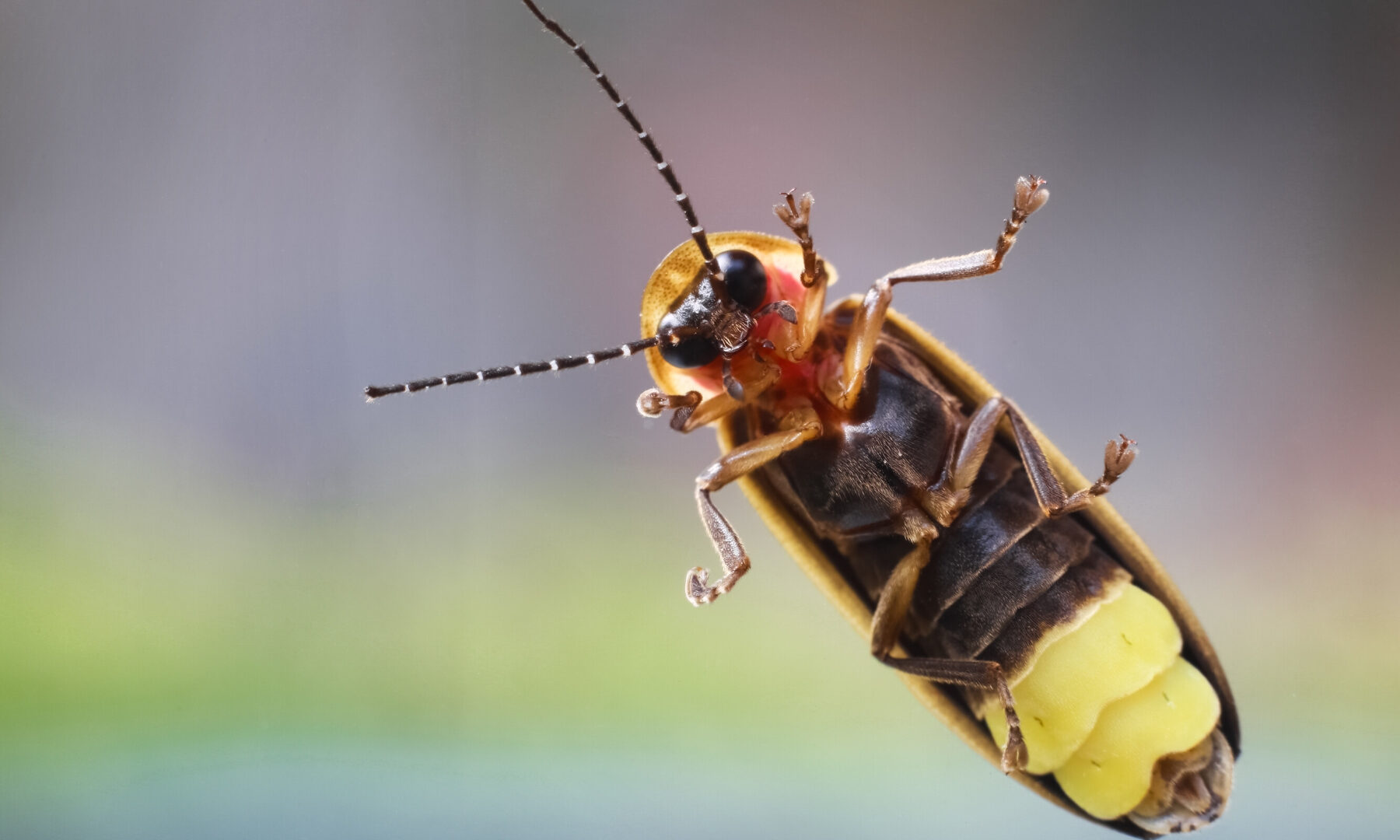Your collaboration will help biologists monitor the population of native species
Have you ever wanted to be part of a team studying native wildlife? Now you can combine your love of nature with your passion for discovery by helping the West Virginia Division of Natural Resources gather information for wildlife research.
Citizen science, also known as community science, is a form of crowdsourcing in which the public voluntarily collects data as part of ongoing scientific research for an organization. You don’t need to have a degree in wildlife biology — just a desire to learn and the ability to follow simple instructions. In this case you’ll be assisting the WVDNR with data collection on the state’s populations of several native species.
The WVDNR is reevaluating the state status of all our species as part of the 2025 State Wildlife Action Plan revision. Your data is used to calculate a species’ area or occupancy and extent of occurrence in the state, both of which directly feed into the determination of species’ status ranking. Now, are you ready to put your citizen scientist observations to work? Let’s go!
Study fireflies during your state park adventure
Nearly every West Virginian harbors fond memories of those first flashing displays of “lightning bugs” in the evening sky, signifying that school would soon let out for the summer. Unfortunately, fireflies are declining across their range as a result of light pollution, habitat loss and other factors. You can recapture your childhood, and even enlist the help of your own kids, by assisting the WVDNR with firefly research on your visit to West Virginia state parks, forests or rail trails. The Light Up West Virginia’s State Parks survey helps biologists in learning more about firefly species biodiversity and their distribution.
Despite their declining numbers, there are at least 31 confirmed firefly and glow-worm species in West Virginia, with potentially more to discover. Before you begin your survey, watch this short training video to help you understand basic firefly flashing patterns and behavior. There’s also a handy PDF guide to Fireflies of West Virginia to help you become familiar with some of our known firefly species and the habitats they occupy. To complete the survey, you have two options: Enter data directly onto the WVDNR Firefly Survey site, filling in the date, time, location, air temperature, weather and habitat description. Or, download the Survey123 app for your iPhone or Android. Then open this page on your smart phone and download the Light Up West Virginia Survey to your Survey123 app.
Now you’re all set! Fireflies may start flashing as early as late April, and the species changes about every four weeks, so keep this in mind if you’re visiting a state park, forest or rail trail in the coming weeks.

Help the hellbender and mudpuppy population
Anglers, we need your help, too! Hellbenders and mudpuppies are a species of salamander that reside in West Virginia’s waters. They may not be the prettiest of animals (in fact, one nickname for hellbender is “snot otter”), but they play a crucial role in serving as an indicator of water quality and environmental health. Your observations will help WVDNR biologists better understand the distribution and status of these two rarely seen amphibians. This Hellbender and Mudpuppy Survey is targeted to anglers, but anyone that sees either species is encouraged to participate.
Hellbenders can grow to a whopping 29 inches long and are identifiable by their broad, flat head and small eyes. Mudpuppies can reach 12 inches long and can be distinguished by a pair of external gills that resemble feathers. These giant salamanders may look intimidating but they’re harmless to humans. In fact, they rely on the cooperation of humans to help them survive. If you hook one on the end of your line, either extract the hook (being sure to remove the barb first), or simply cut the line as close to the hook as you can and release it back to the water. And leave those pretty river rocks where you find them, and don’t stack them as salamanders depend on the specific microenvironments created by instream rocks. You can fill out this simple survey online or via the Survey123 mobile app.
Your participation in this survey will help the WVDNR work with federal and state partners to better prioritize programs to benefit these species through water quality enhancement and land restoration or protection.

Assist in locating timber rattlesnakes
As one of only two venomous species of snakes in West Virginia, timber rattlesnakes may be one of the most misunderstood creatures around. You may have grown up hearing old wives’ tales about snakes chasing them or lying in wait to attack the unsuspecting hiker. But in reality, the only thing this snake is interested in “attacking” is the occasional small rodent it feeds on. Despite their unearned fearsome reputation, timber rattlesnakes play a beneficial role in forest ecosystems. They help control small mammal populations that can transmit diseases like Lyme disease and Hantavirus Pulmonary Syndrome. Timber rattlers would rather keep their distance from humans, so if you’re lucky enough to see one, give it space and eventually it will move on — but not before you snap a photo and make a note of its location for the Rattlesnake Survey.
The timber rattlesnake is a large, heavy-bodied snake that has brown or black chevron-shaped markings down its back and a rattle at the end of its tail. They can be found in a variety of habitats, especially mountainous, rocky areas. If you see a rattler, take a clear photo of it from a safe distance so the WVDNR can confirm the sighting. Using the online form, enter the date of the sighting and the decimal coordinates (latitude/longitude). You may also use the map provided with the form to drop a “pin” at the location. Include any observations you may have, such as “known den site,” “snakes regularly seen basking here,” etc. Don’t forget to attach your photo!
The WVDNR uses these surveys to better identify areas of high timber rattlesnake/human interactions so they can develop outreach materials to help reduce negative interactions between the two. The data also is used in determining areas of suitable habitat for timber rattlesnakes and helps develop mitigation for projects and actions that could have negative impacts to the species.

Spot an otter? Let us know!
Did you know that West Virginia is home to river otters? While rarely seen, these cuddly-looking mammals, previously extirpated in West Virginia, were reintroduced to the state in the 1980s. Since then, the population has stabilized and is increasing in certain areas. The WVDNR seeks input from multiple user groups, from trappers and anglers to anyone enjoying recreation along the river. The River Otter Survey also provides the WVDNR with reports from waters that are not publicly accessible.
This survey can be completed online or by using the Survey123 mobile app. Participants are asked to report river otter sightings and provide details about the otter’s location, the number of otters observed, and what the otter was doing. Attach a photo if possible.
The WVDNR seeks reports of both dead and alive animals, so if you find roadkill, for example, you’re asked to report that as well. Teeth from deceased otters can determine the age of the animal, while reproductive tracts from female otters can help determine reproductive rates. Reports of live otters help the WVDNR identify which bodies of water otters most often are observed in. Observations do not directly correlate with populations, however. Otters travel extensively; preliminary data from an ongoing study in West Virginia indicates otters routinely travel up to 15 miles.

Become a citizen scientist
Ready to embark on your wildlife conservation journey? Join us by participating in one or all of our citizen science surveys this spring and summer. Your participation isn’t just an opportunity to connect with nature — it’s a chance to help shape the future of wildlife management in West Virginia.
Get involved and grow your passion for conservation today!




